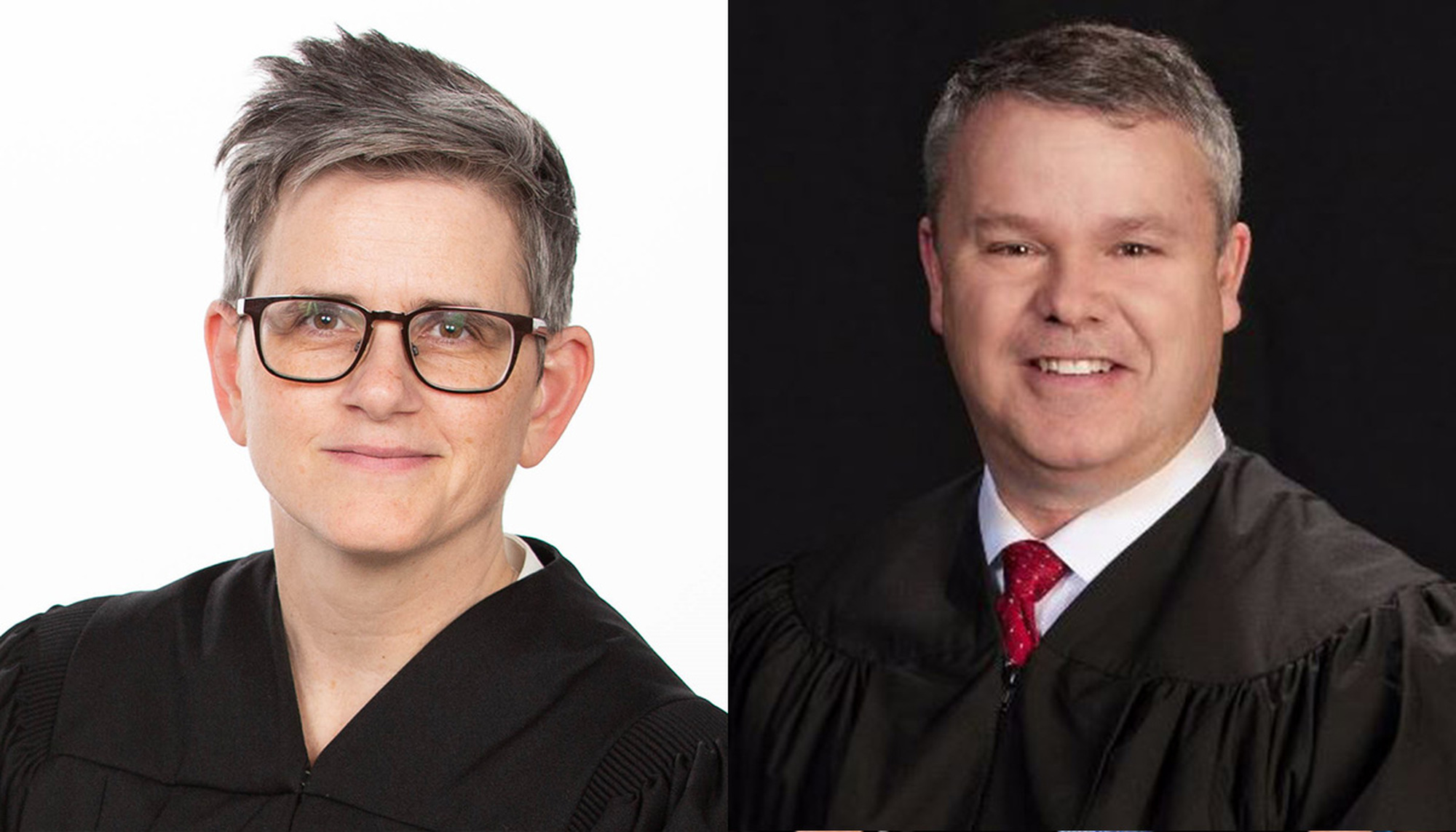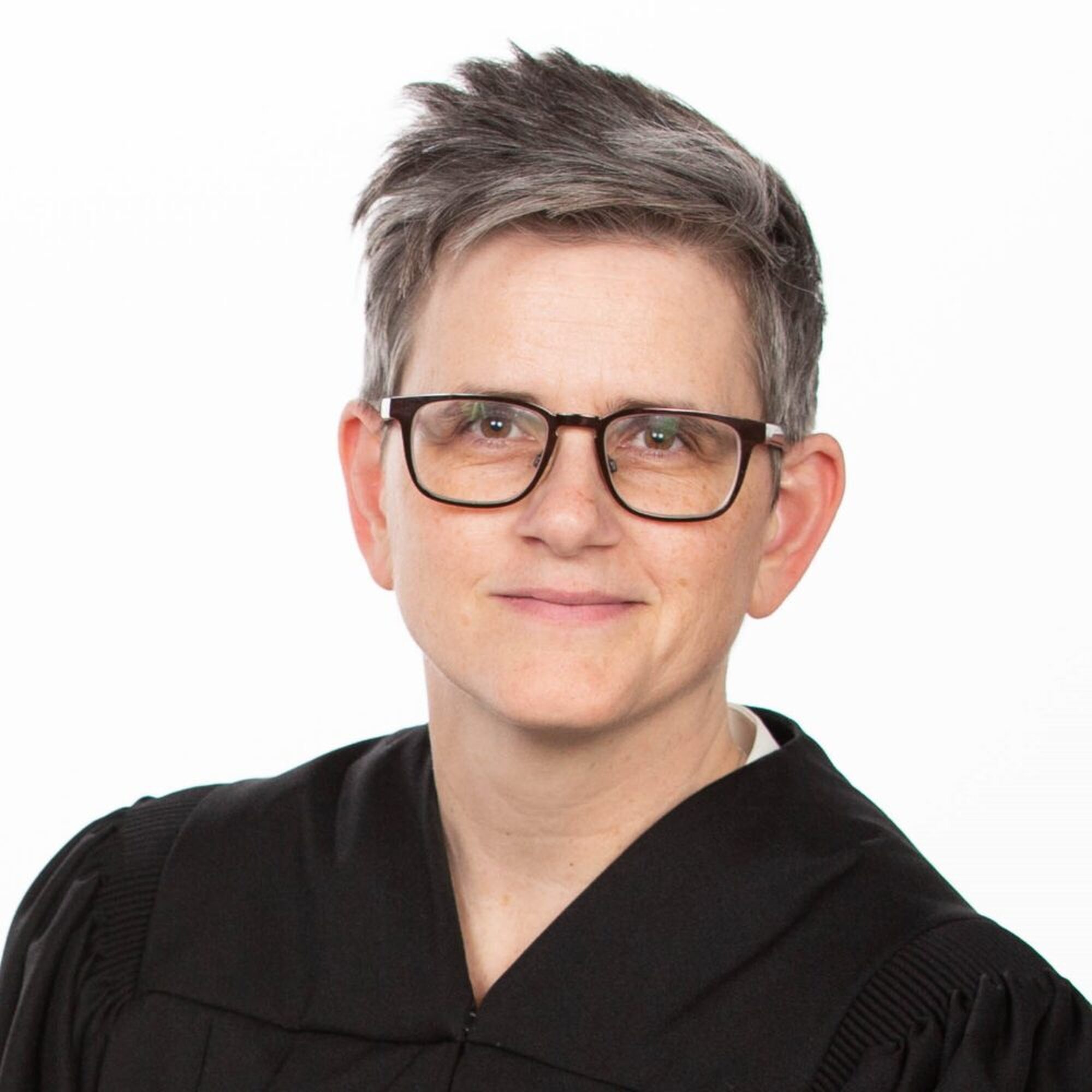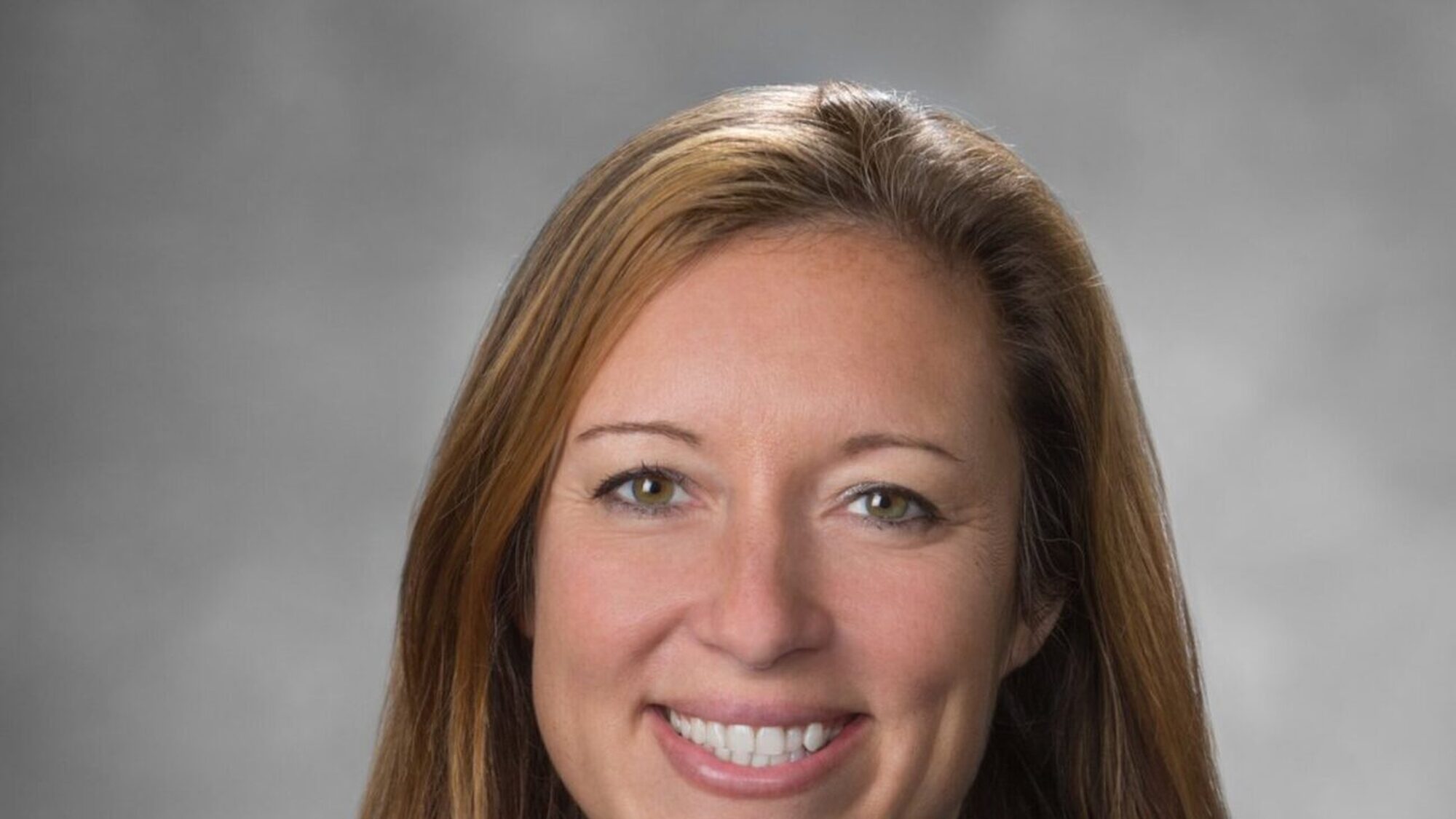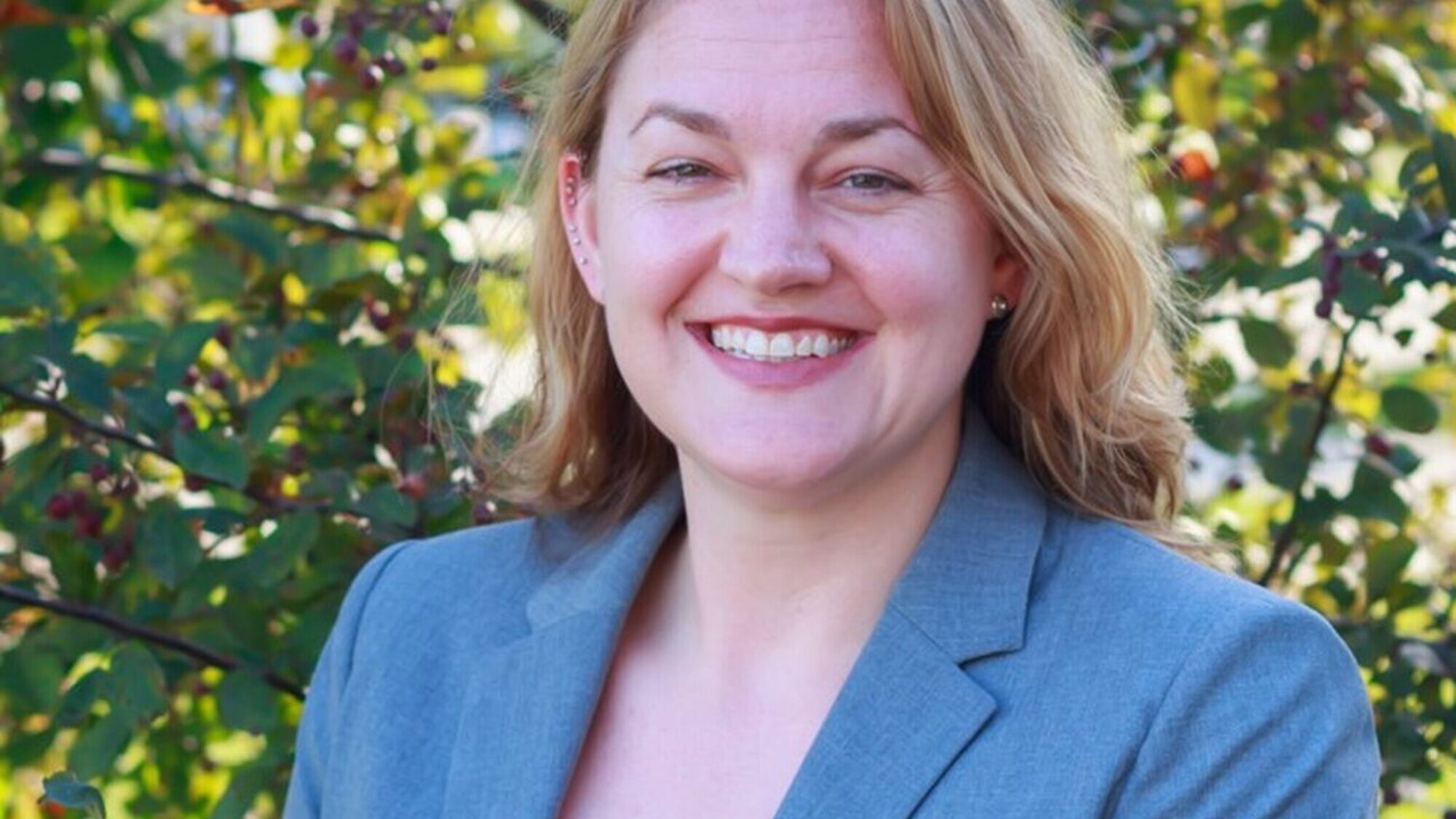Matt Alsdorf, associate director of the Center for Effective Public Policy (CEPP), conducted the interviews in January and February 2024. The interviews are edited and condensed.
Matt Alsdorf: How is implementation of the PFA going for your county overall?
Judge Debra Schafer, 17th Judicial Circuit: I think it’s going amazingly well, much more smoothly than I expected. We did a lot of preparation, preparing orders, planning, and strategizing what we do under certain circumstances. When it finally started in September, we were ready. For a complicated system like the criminal justice system with all the partners that we have—the jail, the clerk, the attorneys, the judges, bailiffs, court staff—it’s just a lot of moving parts and it went better than I expected.
Of course, there were hiccups in the first week or two, but that ironed itself out quickly. In terms of the buy-in from everyone, I think people are pretty open to it and want to figure out how to make it work best, rather than just resist.
Judge Mary Marubio, Circuit Court of Cook County: It’s been a seamless implementation for us. That is largely because we had input and buy-in from the beginning. All of my judges agreed to learn and implement, and we were allowed to participate in planning committees. I think that’s why it was an easy transition for us. We were working things out those first two weeks, but to no detriment, in my opinion, to the process.
Judge Clint Hull, 16th Judicial Circuit: It’s going really well. I’ve heard the same thing across the state. The amount of planning that went into the implementation has been really helpful. A lot of what we anticipated has occurred. All of our judicial partners, the prosecutor, public defender, court services, circuit clerk, and police are working together to make sure the paperwork is being filed, the public defenders are having in-person meetings with their clients, and we are able to have timely hearings.

Alsdorf: How did you prepare for implementation?
Judge Schafer: In March 2022, our chief judge put together a work group to read the law, figure out what the PFA was going to mean for us, and what changes we needed to make. To the extent that the lawyers were sort of throwing up their hands saying, “You know, we can’t understand what’s going to be expected of us,” we told them, “This is what we’ve learned, this is how we’re going forward, this is what we want from you, and let us answer any of your questions that we can.” So, it was a lot of collaboration and preparing everyone to be in the best position possible once the go-live date came.
Judge Marubio: The collaboration that happened when we were planning for the implementation hasn’t stopped, and that’s really important. I’ve never been a part of that either as a lawyer or as a judge, and I was a criminal defense attorney for almost 20 years. Working with the public defender’s policy people, our attorneys, the state’s attorney and their policy people, and the Office of the Chief Judge has been great. We’re still figuring out how to give life to the statute.
Alsdorf: What are the most positive changes you’ve seen?
Judge Hull: When you detain somebody who’s been charged with a violent crime, you no longer have to guess about that dollar amount. Now, the people who are detained are detained on serious offenses. Once the judge finds that they’re a danger to a person, persons, or the community at large, it doesn’t matter if they can pay a financial release condition because they’re in and they’re staying in.
In Kane County, our jail population is the lowest it’s been since the jail was built back in 1992. That is a direct result of the new legislation. Individuals charged with non-violent property offenses are no longer being held.
In addition, we were initially concerned that individuals arrested and released by police would not show up for court. We are happy to see that most people who are notified to appear after their initial arrest and release are appearing as required.
Judge Schafer: Getting rid of cash bond made sense. Eliminating the money changes how you look at it: you recognize that someone’s ability to post $1,000 doesn’t have anything to do with their likelihood to come to court or their likelihood to commit another offense.
We’ve always taken into account individual circumstances—the nature of the offense, their prior record, all the risk factors—to decide whether or not to detain. Before, you would set a bond amount you believed they would not be able to post to keep them in custody. But there are also a lot of people who used to sit in jail on lower amounts simply because they didn’t have money. If you had $10,000, for example, you could get out. If you didn’t, then you were going to sit. It just eliminates that, and that, I think, is smart.
Judge Marubio: Cash bond was always a crutch. It was a crutch for the prosecutor, it was a crutch for judges, it was this crutch all around. Getting that out and just having pure legal arguments is phenomenal. It’s almost a dream come true to only be surrounded by legal arguments.
If a person is in first appearance court, which determines conditions of release, that’s it. That person’s going home. There is something very wonderful about being able to say to the gallery, “All of your loved ones are going home. Now, what conditions they’re going home with, I don’t know. We’re gonna do that hearing. But rest assured everyone’s going home.” It really lightens the load for everyone in that room. And the conversation about not having money as a condition of release has changed very quickly. Before the PFA, just the idea of not having money as a release condition upset people so profoundly. But there was a very quick embrace of the idea that money—using money tied to freedom—was immoral and unfair. That happened so fast. It just dropped from the conversation entirely.
Alsdorf: What has been challenging?
Low-Level Offenses and Failures to Appear
Judge Hull: We have started to see individuals who initially appear in court fail to return for their next court dates. Instead of issuing a warrant, we have the circuit clerk send out notices to appear through the mail. Unfortunately, we are seeing a high no-show rate even after we send out notices. This may be due to individuals who are transient or homeless. At this point, the court may issue a warrant. However, if they are charged with a non-detainable offense, after the warrant is served, they are released, and the process repeats itself. Before implementation of the new law, they would stay in. I’m not saying that one way is better than the other, but the reality is that, under the old system, you would set a bond, they couldn’t post the bond, they would stay in, the case would get resolved, and it would be done. Now, they get brought before a judge, they get released, they’re given another court date, and they don’t show up. You do the same thing, and the process continues.
Even when they are committing a new offense, for us to be able to hold them, the state’s attorney has to file a petition to revoke. If they choose not to file the petition to revoke, as a judge, no matter what I think, I can’t do anything. The lack of judicial discretion is frustrating. But we’re only four months [a] into it. We hope to see new legislation that would address this issue.
Judge Schafer: On the really low-level offenses, the police are supposed to give notices to appear unless there’s a reason to take the person to jail. So if they say, “Here’s a notice to appear, this is trespassing, you must leave the area,” and they refuse to leave, or they’re called back in half an hour, then the officer could be justified in taking the person to jail. The person appears before a judge, and the judge has to release them, and they could go from jail back to the same place.
It is low-level stuff. I understand that it’s not the same as committing one of the more serious offenses, but it does involve people’s enjoyment of their own property and how people run businesses, and it does affect the public, so that can be tricky.
When people are released from custody and commit new offenses, whether it’s driving with a suspended license, retail theft, or whatever the case may be, we’re getting a lot of those. There is a basis to deny pretrial release under those circumstances and the person then remains in custody. That was the response when people were very concerned about a nondetainable offense and a revolving door. Well, the answer to that is the petition to revoke.
Swift Case Processing and Resources
Section 110-6.1(c)(2) of the PFA outlines requirements to process cases swiftly. When the state’s attorney files a motion to detain a person, a detention hearing must be held within 24 to 48 hours. People detained must be brought to trial within 90 days, with the exception of delays requested by defendants.
Judge Schafer: The short time frames have been challenging. We’re required to have detention hearings within 24 or 48 hours, depending on the type of case. I know it’s been a real challenge for the attorneys who appear before me because there are a lot of discovery requirements for them.
We’re holding court on Saturdays because we have a pretty aggressive state’s attorney’s office in terms of filing petitions to detain and petitions to revoke. We’ve had to put systems in place to make sure that people who thought they knew what their Monday schedule would look like would be aware that if someone got arrested on Friday night and appeared in court on Saturday, they would now have a petition to revoke on Monday that they weren’t anticipating.
Judge Marubio: The challenge now is that so many more types of offenses are eligible [for detention] that we’re seeing a huge increase in detention petitions statewide. I’m not saying they’re wrong to file any cases, and I think Cook County is using a lot of discretion. But the judiciary did not get any money, and we need two or three more courtrooms. I’ve got judges absolutely burning out 100 percent. They’re working every other weekend because we have four courtrooms to run on the weekend and only have eight judges. So we are understaffed in my opinion. I think the public defenders are understaffed. The state’s attorneys are really understaffed in this county. To really achieve a perfect system or as near perfect as we can, everyone has to be overstaffed and have some kind of cushion.
We have two domestic violence (DV) rooms during the weekends and holidays, and they’re challenging to run. To me, that needs judges from the DV division, it needs state’s attorneys from the DV division, and it needs public defenders from that division. Those are unique cases with a unique set of facts and separate factors to consider and a separate DV screening instrument called the domestic violence screening instrument.
Offenses Eligible for Detention
Section 110-6.1 of the PFA outlines the charges and circumstances that can make a person eligible to be denied pretrial release and the process for prosecutors to seek detention.
Judge Schafer: From the first list of detainable offenses to the list in the trailer bill [b] before December 1, 2022, there’s a lot more detainable offenses than there were to start with. But there’s still a number of offenses where they can’t be detained. I can potentially hold them because the standard is a little different. But it takes away the discretion simply to evaluate the person in front of you and decide on a detention or release standard because of the dictates of the statute. We’re always going to have people that think they can game the system, and they know if they’re likely to be held or not, but in terms of property offenses and behavior related to drug addiction, sometimes we can’t react to that if it’s not [a detention-eligible] offense.
Judge Marubio: The residual clause in 110.6.1 includes any other forcible felony, if there’s a threat or infliction of great bodily harm, has been an issue on appeal and is being interpreted throughout the appellate districts. The statute lists three kinds of aggravated battery that are eligible. Whether or not other types of battery are included in that catch-all residual clause or excluded by omission is an issue that the appellate courts are carving out right now.
Alsdorf: How do you feel detention hearings are going? What is it like to make that “in-or-out” decision?
Judge Hull: It’s like anything else with being a judge: the law is there, and the prosecutors and defense attorneys are doing a fantastic job of making the arguments. You do what you’re taught to as a judge: you apply the facts to the law and make your interpretation. What we found on an appellate level is that there’s been a high rate of the trial court being affirmed if you make a good record and you lay out why you made the decision that you made.
The hearings are much more robust and involved, and the defendants are there in open court. The defense has a lot more information, a lot more discovery, and making very thorough arguments when arguing the State hasn’t met its burden that the defendant needs to be detained because he or she isn’t a danger to a person, persons, or the community at large or that there is a condition or combination of conditions that the court may impose that would eliminate the risk and allow for their release.
Judge Schafer: It’s a lot more intentional now. The state does a lot of work putting together information to present to the court in support of why they want detention. I think that, in response to the Pretrial Fairness Act, the police are giving us better factual summaries. It used to be probable cause statements. The state changed the name to factual summaries and encouraged the police to submit documents for use in court the next day, with the understanding that we probably won’t have their whole police report. We need more than just probable cause when you have a clear and convincing standard. The factual summaries are getting better, and those are getting presented and argued by both sides, more in depth, probably mostly with the state being more intentional about what they try to present in support of their petitions.
Alsdorf: Have you noticed any changes in the system, either from local data or anecdotally, since implementation of the PFA?
Judge Marubio: We pour over the appellate court opinions in our division and ask ourselves, “How can we make our findings better?” “How can we be clear?” “How can we get this part of the statute clarified?” because we have questions for the appellate court that we want answered. We have questions that we want to go to the state Supreme Court, and we welcome that feedback all the time. So when we pour over these decisions, they are within the lens of this act and how we keep giving life to this act.
Judge Hull: Everyone was concerned about electronic home monitoring (EHM), but we haven’t seen EHM being a de facto condition of release. There was a lot of education about how it shouldn’t just be used as a fail-safe, and that was good because I don’t think we’ve seen that. At least in Kane County, we see a lot of people being put on levels of pretrial supervision. The lowest level of pretrial supervision receives reminders of court dates. Most people are put on some level of pretrial supervision. I think our numbers in that instance have increased.
Kane County has a public data dashboard that allows the public to obtain the most up-to-date information about the number of people arrested, the offenses for which they were arrested, how many petitions to detain have been filed by the State, and how many times the court has ordered people to be detained. The goal of the dashboard was to make sure the process is transparent to the public. We are very proud of the dashboard and the information that is available to the public.
Judge Schafer: I think that there are probably more people being detained for domestic violence offenses.
Alsdorf: Have you had any “aha” moments?
Judge Marubio: Being part of bringing in a new law is probably going to be the highlight of my career, and I have 20 years to go. I know I’m not going to have this opportunity again to be on the forefront of emerging law and trying to create law that will uphold this statute.
Judge Hull: I do think the “aha moment” is just the system is working as it was intended to work, and it’s not much different than it was prior to September 18th.
One of the things that we’ve been not surprised at, but that has definitely come to fruition, is the number of appeals [c]. The Illinois Supreme Court just announced that they were forming a new task force to address the number of appeals. While we anticipated that happening, I don’t think that anybody truly understood the amount of work that was going to go into that.
Judge Schafer: It hit me when we were teaching other judges and they were getting overwhelmed with it. It isn’t that different. It was bringing to their attention that while we’re using different words, you’re making the same decisions as you were before, but just taking money out of it.
As judges, we always have to state a basis for our decision on the record. This is requiring people to give detailed decisions, and the basis for them, like if somebody has five prior felony convictions, five offenses for violence, or they don’t abide by court orders. You’re getting more detailed than you had been in the past, but it’s still talking the same basic language. You don’t have to be overwhelmed by all this.
For the most part, I think the judges are accepting the law and just trying to do the best job possible as opposed to fighting it. Our job is to implement it.
Find more information on the CEPP’s Illinois Pretrial Fairness Act Resources.







